Contents
For most of us, a bad user experience means only a bit of frustration or a waste of time. But in some cases, bad UX design can severely harm or even kill people. As we allow technology to infiltrate every field of our lives, bad UX design could become even more dangerous in the future. We don’t have to look that far into the future to find some dangerous UX mistakes…
What is a “bad user experience” for you?
I asked my friends this question a few months ago. Here is what they told me:
“When I can’t find anything. When things aren’t where they are supposed to be.”
“Waste of time, struggling. And getting annoyed.”
“I get angry and usually I leave the app or website.”
“When something is too slow for example. That’s a bad experience.”
At this point, I started to wonder. No one talked about feeling fear, serious pain or injury. I had a feeling that bad UX design is more like an annoying fly in the room, not a serious threat. That’s also because we usually connect user experience with digital products and we think them physically harmless. That is right, we aren’t easily harmed by our Macbooks or an interface. Except for when we are.
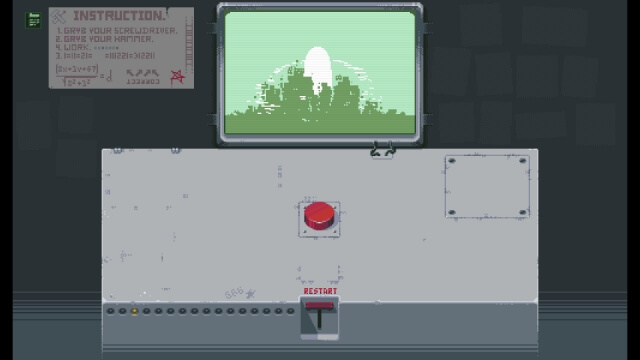
How bad UX design kills people?
Jenny
Jonathan Shariat, a UX design leader who passionately researched the world of harmful design, tells one of the best-known stories on the subject. His book Tragic Design is one of the best resources for a deeper dive. It also inspired this article.
Shariat tells a story of a young cancer patient. As the girl’s real name was never shared, he calls her Jenny. She had been struggling with her disease for a long time when she started taking a new medication in a hospital. Her treatment was so aggressive, she required pre- and post-hydration for three days during medication periods. The nurses were responsible for entering all the required data into the medical software and, using this software, they followed up on her status.
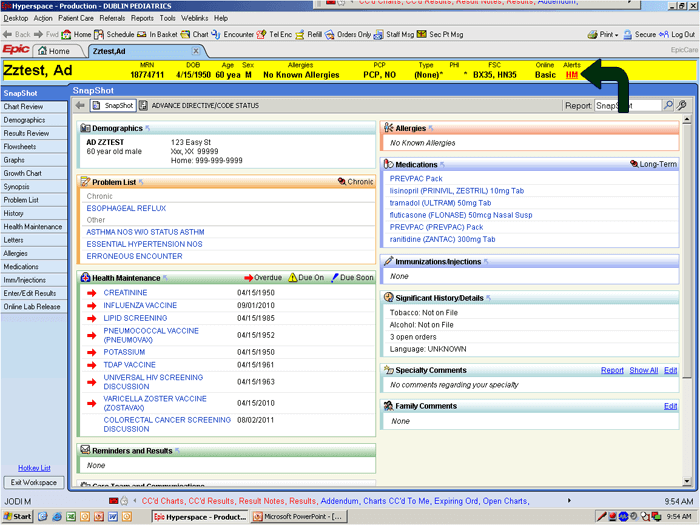
Although they used the software diligently and cared for Jenny, somehow they missed the critical information about her three-day hydration requirements on the interface. The day after her treatment, she died of toxicity and dehydration. The experienced nurses made this critical error because they were too distracted trying to figure out the software interface.
Three Mile Island nuclear disaster
On March 28, 1979, the nuclear power plant at Three Mile Island in eastern Pennsylvania suffered a partial meltdown, triggering the worst nuclear accident in U.S. history. Luckily, it has had no detectable health effects on plant workers or the public.
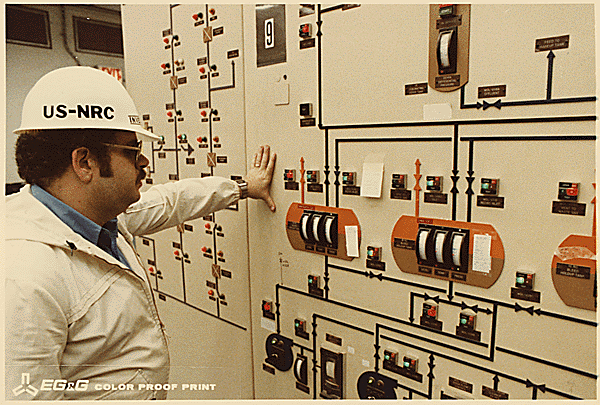
The whole problem started when a relief valve wasn’t closed properly but the instruments in the control room indicated that it was. As a result, plant staff was unaware that cooling water was pouring out of the stuck-open valve.
According to the United States Nuclear Regulatory Commission, “As coolant flowed from the primary system through the valve, other instruments available to reactor operators provided inadequate information. There was no instrument that showed how much covered the core. As a result, plant staff assumed the core was properly immersed. Without the proper flow, the nuclear fuel overheated to the point where the long metal tubes that hold the nuclear fuel pellets ruptured and the fuel pellets began to melt.”
In this case, the main problem was the lack of “system status visibility”. This can also provide a very bad experience when a car runs out of fuel without indicating such or when, at the end of a purchasing process, it is not clear whether an order was really placed. In the case of a nuclear plant, these mistakes can cost much more.
The shift stick dilemma
 In 2016, the death of Anton Yelchin shook the world. The 27-year-old actor known for playing Commander Chekov in the recent Star Trek movies was killed in an accident in his Los Angeles driveway. He was found crushed between his car, a 2015 Jeep Grand Cherokee, and the gate at the end of his driveway. It appears he had exited the car and walked behind it to close the gate, believing the transmission was in “Park”. Instead, it was actually in “Reverse” or “Neutral”, and the car rolled down his steep driveway, killing him. Fiat Chrysler Automobiles recalled 1.1 million SUVs in response.
In 2016, the death of Anton Yelchin shook the world. The 27-year-old actor known for playing Commander Chekov in the recent Star Trek movies was killed in an accident in his Los Angeles driveway. He was found crushed between his car, a 2015 Jeep Grand Cherokee, and the gate at the end of his driveway. It appears he had exited the car and walked behind it to close the gate, believing the transmission was in “Park”. Instead, it was actually in “Reverse” or “Neutral”, and the car rolled down his steep driveway, killing him. Fiat Chrysler Automobiles recalled 1.1 million SUVs in response.
Why bad UX design can kill more in the future?
Today, we pay with our phone, let our cars drive themselves, manage our homes online, give devices to our children for entertainment. We let technology closer to our lives in every field. With this decision, our lives become much more convenient and easy. It also heightens the risk of incurring more serious harm by misused, incorrectly interpreted technology.
 One evening, as I watched one of my favorite series, Westworld, I wasn’t able to escape the thought that having a bad user experience in Westworld completely outdoes having one in Disneyland. For those who don’t know the story, it involves intelligent, human-like robots who populate a theme park for grown-ups. Read more about the plot here and watch it; it’s truly a remarkable series. Don’t get me wrong, today’s theme parks can provide many kinds of bad experiences, too. From “not finding a free toilet” to “falling out of a rollercoaster”, the opportunities are simply endless. But still.
One evening, as I watched one of my favorite series, Westworld, I wasn’t able to escape the thought that having a bad user experience in Westworld completely outdoes having one in Disneyland. For those who don’t know the story, it involves intelligent, human-like robots who populate a theme park for grown-ups. Read more about the plot here and watch it; it’s truly a remarkable series. Don’t get me wrong, today’s theme parks can provide many kinds of bad experiences, too. From “not finding a free toilet” to “falling out of a rollercoaster”, the opportunities are simply endless. But still.
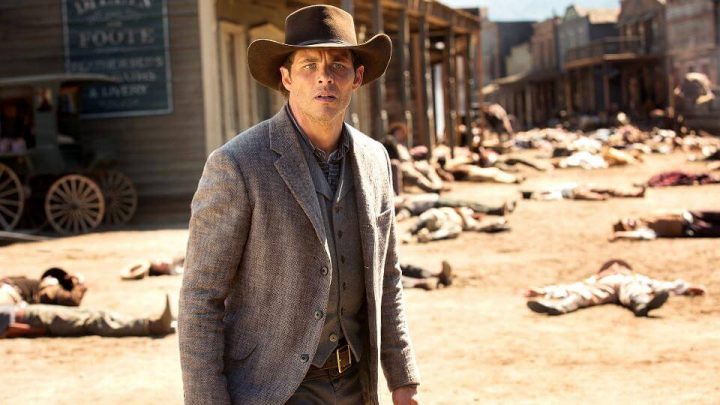
In Westworld, a little case of “system error” means your family may have to watch a malfunctioning humanoid robot murder an entire pub of human-like robots. Even though the hosts can’t hurt visitors physically, what happens when the damage occurs on a mental level? Also, in a world like this, they teach that rape and ruthless murder are totally acceptable, as long as the victims are just “feeling, human-like creatures”, not “real” human beings. This point brings us to our last aspects of hurtful design.
When does a product become morally harmful?
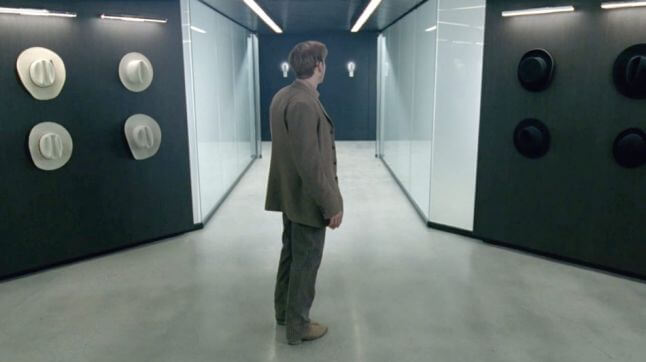
Products can change who we are, how we think about people, and how we communicate with them. They shape our society and environment. Whereas, bad user experience can distract, exclude, sadden or taint.
A recent study shows that gamers who play games which objectify women and use them as just part of the “decoration” tend to be more accepting of sexual harassment. Long-term exposure to sex-stereotyped video games even correlated with greater rape myth acceptance.
Let’s accept that our products have an impact on our world. The responsibility is ours and our companies’. We do not blame the user for “misusing” a product. When they don’t use it “properly”, it means that the product is designed improperly.
How to not die from a bad UX design?

So, bad UX design can be deadly, can change our lives and environment, and additionally, it’s becoming more dangerous as we let technology closer to our lives in every field. Great. And now? How to avoid that?
1. Learn to listen
Get more feedback about the product. Form a UX design team, or hire one. Conduct user research, go out and see how people really use the product. Talk to users. Ask them. Get to know them. Always test designs and processes. Prototyping and testing is the only way to create real “foolproof” design and to avoid danger resulting from badly designed user interactions.
2. Try to see the bigger picture
If we really want to care about the kind of influence our products have on the environment and society, we have to ask ourselves: How will my product change people? What does my product/service wants from my users? How will my product affect the whole environment where we all live? We can easily find answers by finishing these sentences:
- I’m going to create/produce/sell …. (What is it?)
- Because of this, people are going to …. and they are going to be more/less …. (How does it change people’s lives?)
- In 20 years because of my product, our world will be … (How is it supposed to affect our environment in the long term?)
Of course there are many different ways to fill in those spaces and this exercise is highly subjective. It’s just a simple method to quickly summarize the consequences of an app or product, a good way to start thinking more responsively as an entrepreneur or product designer.
3. The attitude which can save us
As the Hungarian painter Lászlo Nagy-Moholy said:
“Designing is not a profession but an attitude. Design has many connotations. (…) It is the integration of technological, social and economic requirements, biological necessities, and psychological effects of materials, shape, color, volume, and space. Thinking in relationships.”
To truly understand our users, to really discover every aspect of a product and to eliminate dangerous or harmful design, we have to first change our attitudes.
Therefore, we have to first put our own beliefs and prejudices aside and learn to listen. We have to constantly ask questions about our work, be ready to embrace our mistakes and learn from them. In this way, maybe our products will kill fewer of us in the future. You can read about the UX research methods we use in a previous blog post.
Looking for a design partner?
UX studio has successfully worked with over 250 companies worldwide.
Is there anything we can do for you at this moment? Get in touch with us, and let’s discuss your current challenges.
Our experts would be happy to assist with the UX strategy, product and user research, or UX/UI design.




